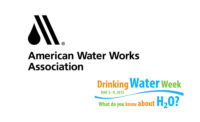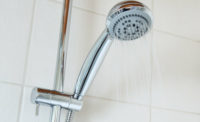In order to answer mounting questions about requirements of the federal Safe Drinking Water Act (SDWA) amendments of 1996 (which become effective on Aug. 6, 1998), the Plumbing Manufacturers Institute (PMI) and the American Supply Association (ASA) have issued a joint statement clarifying these requirements.
Some requirements governing certain plumbing products have existed since 1986, and understanding these existing requirements is key to understanding the new provisions.
First, requirements for plumbing products in the federal Safe Drinking Water Act relate only to one contaminate: lead. Second, the law requires states to enforce the plumbing-related provisions of the act through "plumbing codes, or...other means." Finally, since June 19, 1986, flux and solder, pipe and pipe fittings have been required to be "lead free" as defined by the SDWA. For flux and solder, the lead-free standard has been, and still is, 0.2 percent lead content. For pipe and pipe fittings, the lead-free standard has been, and still is, 8 percent lead content.
What is new in the amendments is that products covered by ANSI/NSF Standard 61, Section 9, must meet the requirements of Standard 61, Section 9, for lead leaching as well as the lead content requirement in effect since 1986. The federal act requires only that products be in compliance with ANSI/NSF Standard 61; it does not establish an independent certification requirement.
Also new to the 1996 amendments is a provision making it unlawful to "introduce into commerce any pipe, or any pipe or plumbing fitting or fixture, that is not lead-free." For the plumbing industry, this only refers to those products specifically covered by Standard 61, Section 9. After Aug. 6, these products must meet the lead leaching portion of the standard. They are already required by the 1986 law to meet the lead-free definition.
The law does not specify requirements for listing, labeling, marking or third-party certification. Because state and local plumbing codes may have such requirements, sellers are encouraged to contact manufacturers for confirmation that products meet the standard.

